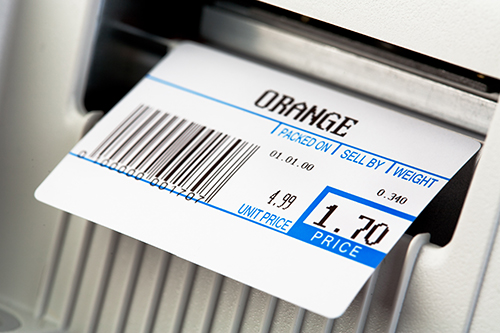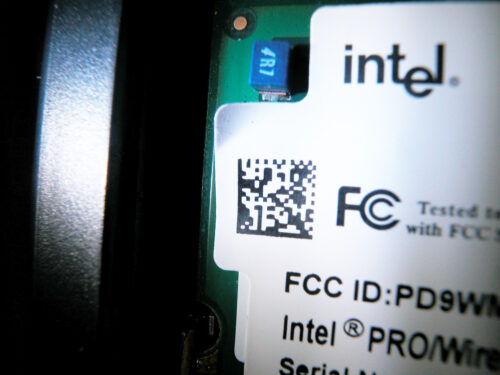Comparing 1D and 2D Barcodes
Barcodes aren’t just for cereal boxes anymore. Far from it, they are the most popular method of automatic identification and data capture today. Because of their versatility, barcodes can be found from warehouses to hospital labs, anywhere data tracking is important.
Technological advancements made through the years have led to the development of two distinct barcode systems: 1D and 2D. Outlined below are their main differences.
1D Barcodes

1D barcodes have been a popular solution for decades and have been widely implemented in a variety of industries throughout the globe. They are particularly prominent in retail.
Overview
- Readable by all barcode scanners
- More data = Bigger footprint
- 20-25 character limit
Applications
- Retail
- Product Identification
- Shipping
2D Barcodes

2D barcodes rose to prominence with the advancement of camera technology, which allowed barcode scanners to read more complex patterns. There are several types of 2D barcodes, but they are generally recognizable by their square shape and distinctive mosaic pattern.
Features
- Fits lots of data in a small footprint
- 4000 - 5000 character limit
- Requires a specialized scanner
Applications
- Laboratory Identification
- Circuit Boards
- Patient Wristbands
Choosing your Barcode
In summary, 1D barcodes are great for most applications. 2D barcodes are worth considering if there is a need to encode lots of data, or if a small footprint is required.
If you plan to use both 1D and 2D barcodes, you can use the same machine to print both types, so long as the print is clear. Moreover, a 2D imaging scanner will scan both types, making it easy to integrate both 1D and 2D barcodes into your solution.
